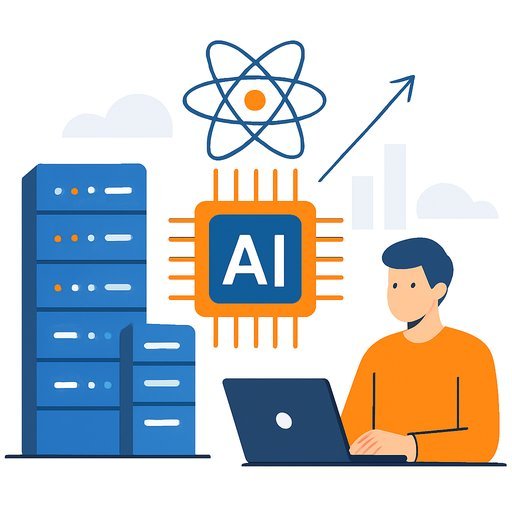Point72's Turion Fund Posts ~30% YTD on AI Trade - What Pros Should Watch Next
Point72 Asset Management's AI-focused Turion Fund is up about 30% year-to-date, including roughly 9% in October, according to a person familiar with the matter. Launched last year, the fund has grown to around $3 billion and targets both winners and laggards across AI hardware and global semiconductor names.
The mandate is more flexible than Point72's flagship, allowing for longer-biased positioning when the risk/reward lines up. In a year where AI-linked valuations expanded and earnings expectations reset higher, that flexibility appears to have paid off.
What likely drove the gains
- Beta to semis: AI server buildouts, GPU shortages, and upbeat guidance from key suppliers kept the group bid for most of the year.
- Dispersion: Clear separation between direct AI beneficiaries (GPU, memory, advanced packaging, substrate, HBM) and second-order players created opportunities on both sides.
- Positioning tailwinds: A fund that can lean long when conviction is high can compound results during strong momentum phases.
Why this matters for PMs and allocators
- AI isn't a single trade. It's a supply chain with different cycles: compute, memory, networking, substrates, cooling, and semicap equipment each carry distinct drivers and inventory dynamics.
- Valuation is stretching in pockets. Upside now hinges on how fast AI server capex converts into durable earnings and cash flow, not just headlines.
- Crowding risk is real. Semis factor exposure can whipsaw PnL if the group de-risks on a single datapoint (export controls, hyperscaler guidance, or a missed HBM ramp).
Key watch items into year-end
- Hyperscaler capex guides and commentary on AI server mix vs. traditional compute.
- HBM and advanced packaging capacity adds; any bottlenecks that cap unit growth or ASPs.
- Semicap order books and WFE spending trends that signal durability of the buildout.
- Export restrictions, licensing updates, and supply chain reroutes that may affect volumes and product roadmaps.
- Correlation to broad semis: if breadth narrows, stock-pickers benefit; if correlations spike, gross and beta matter more.
Practical positioning ideas to stress-test
- Separate exposure buckets: core AI winners, upstream enablers, second-order beneficiaries, and hedges. Size by evidence, not narrative.
- Hedge the obvious: consider factor and index overlays when group beta overwhelms idiosyncratic alpha.
- Track unit economics: GPU costs, training/inference mix, and TCO curves for AI infrastructure. That's what ultimately funds the next leg of spend.
- Mind working capital and capex intensity. Free cash flow beats story when sentiment cools.
Context on semis cycle and data sources
Semiconductors remain cyclical, but AI demand is shifting the mix and timing. To keep the thesis grounded, follow monthly sales trends and vendor order commentary.
Bottom line
An agile mandate in a high-dispersion AI trade can compound quickly, as Turion's year shows. The next test is less about headlines and more about delivery: capacity ramps, unit shipments, and cash returns. Keep a tight link between positioning and the hard data.
For finance teams building AI edge
If you're evaluating practical AI tools and workflows for research, risk, and reporting, this curated list is a useful starting point: AI tools for finance.
Your membership also unlocks:





